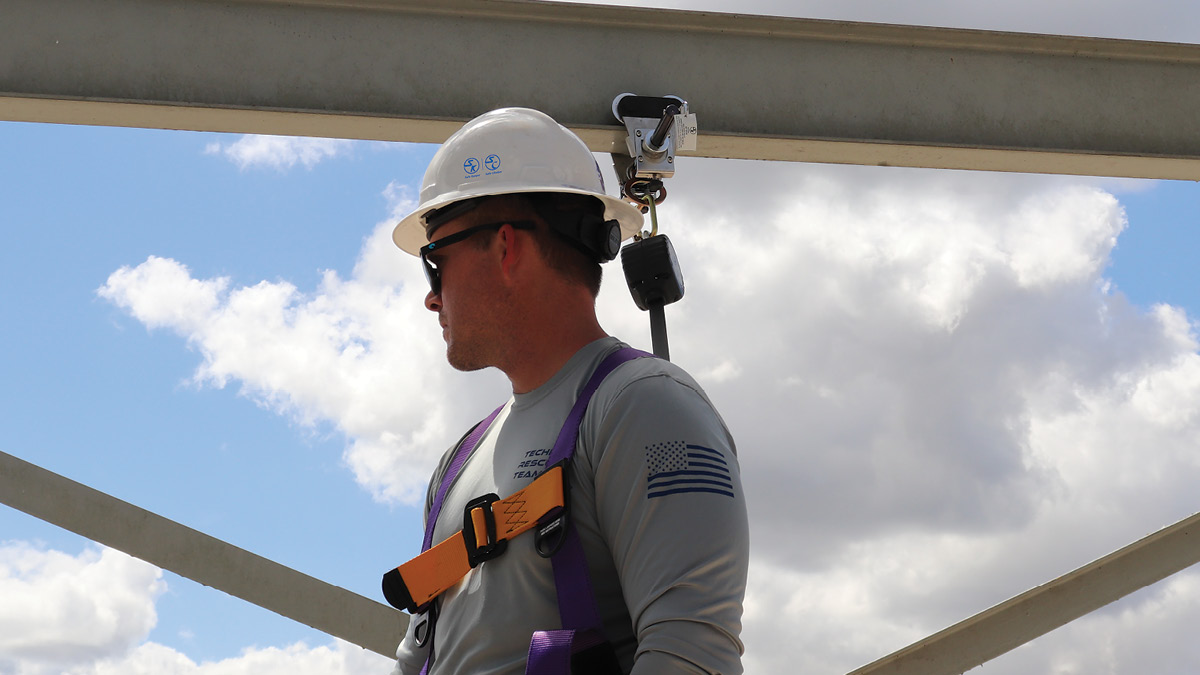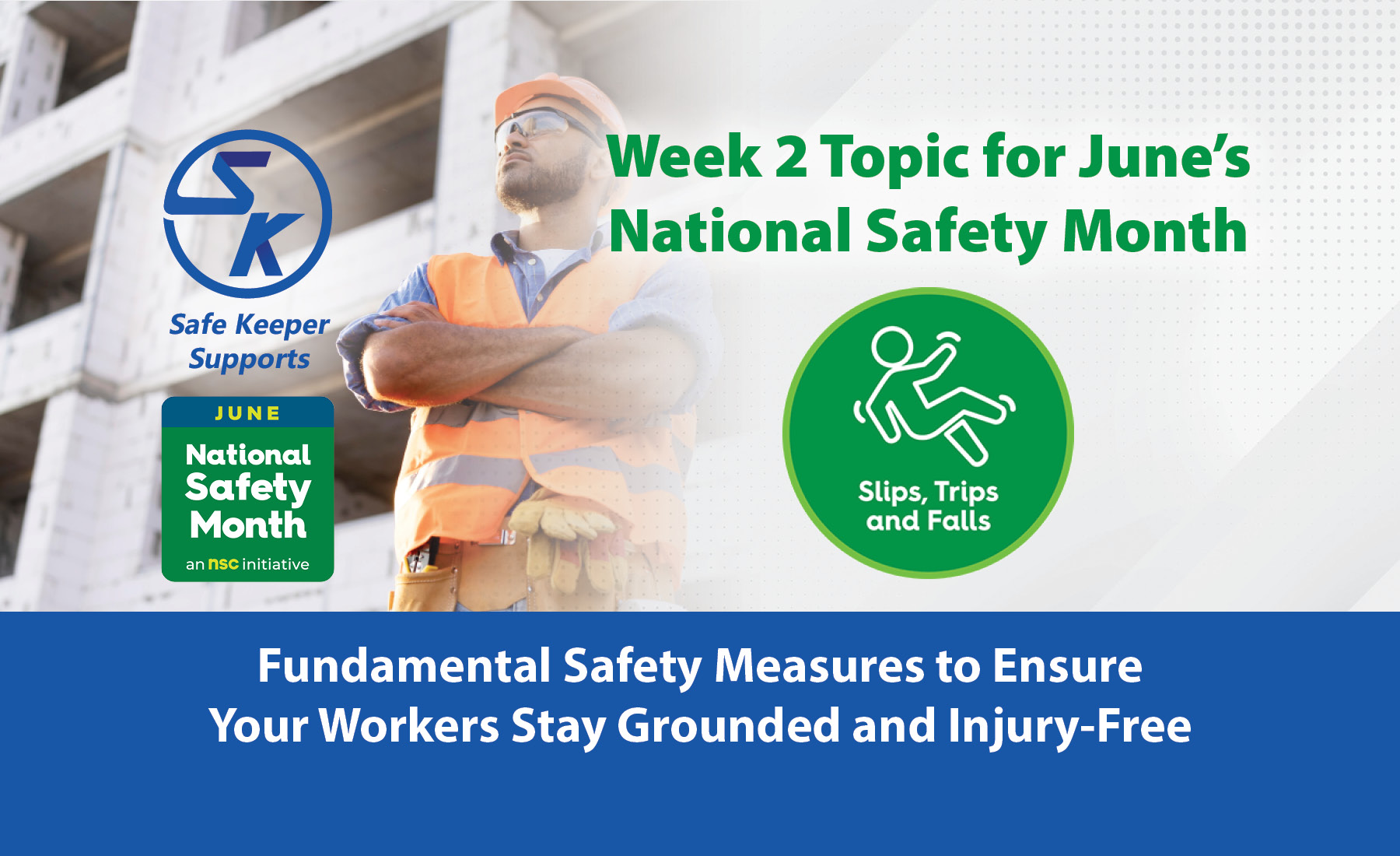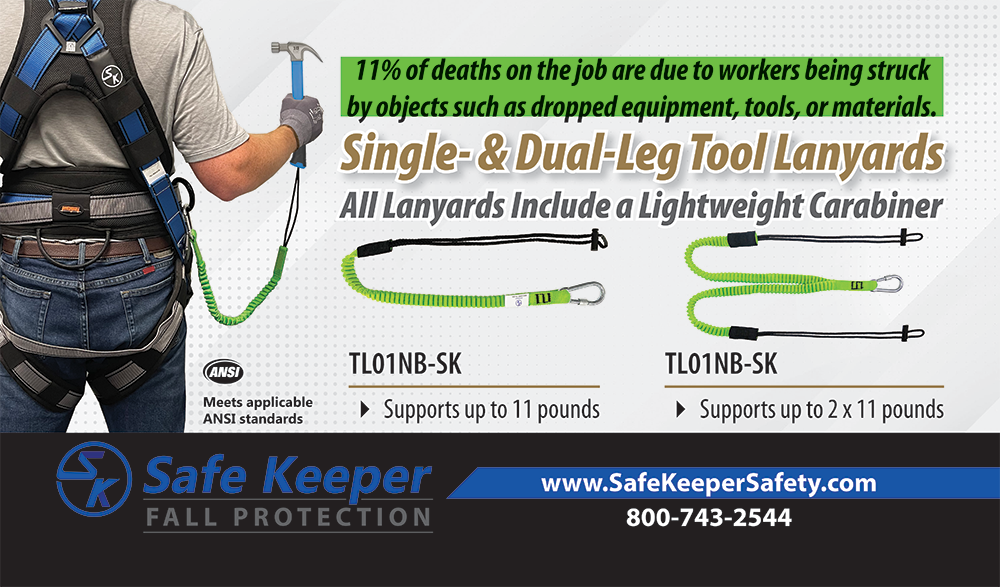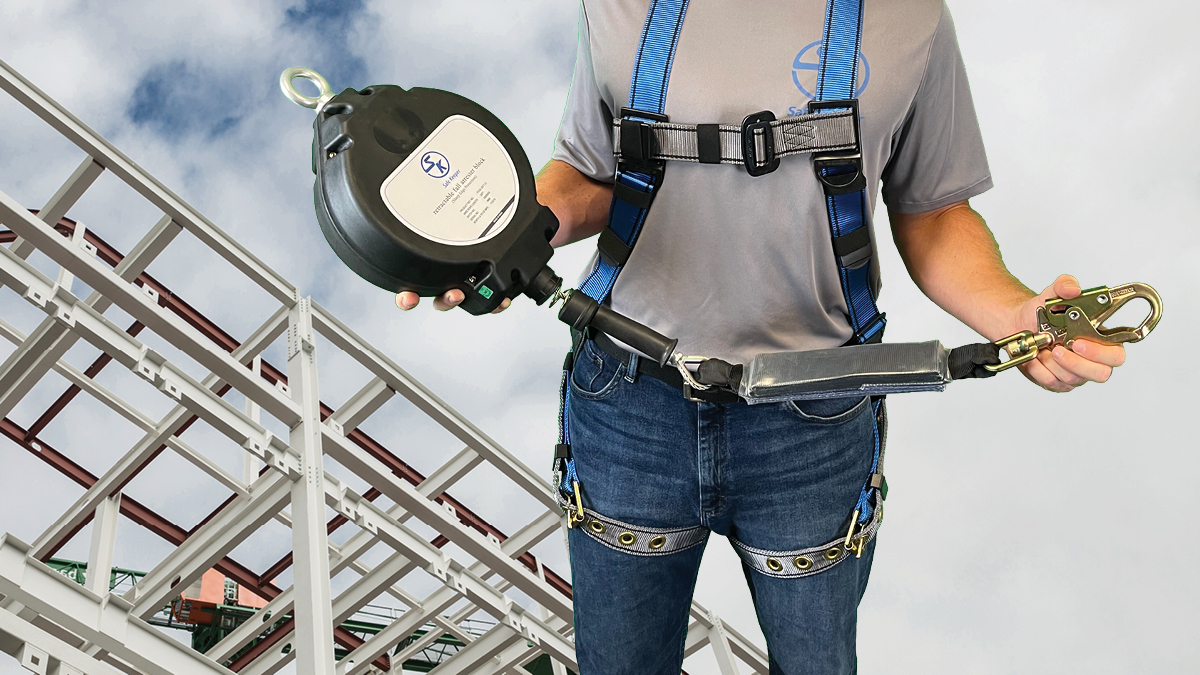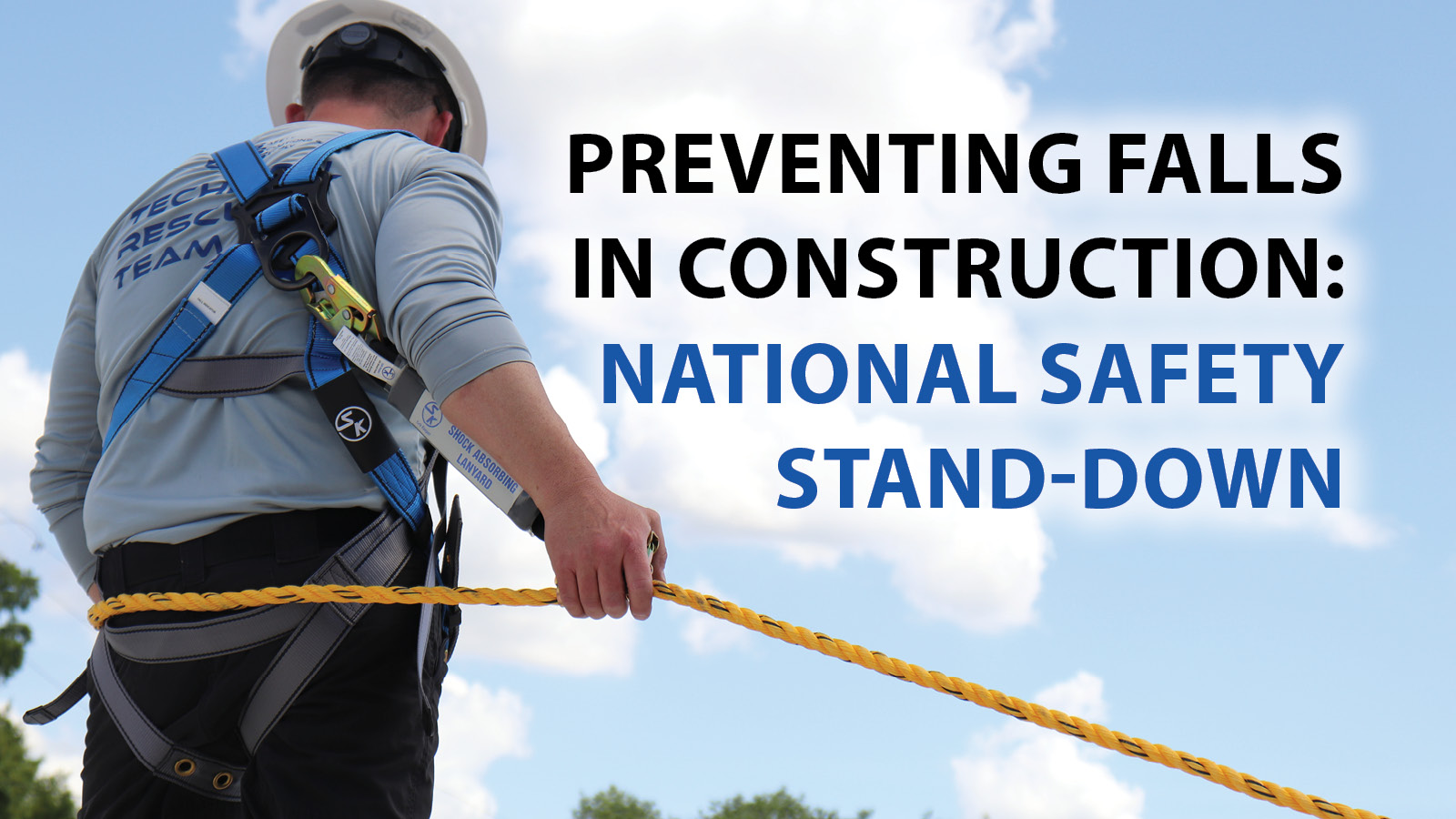Make sure that you are only using good anchor points when working at heights because bad anchor points can lead to injury and death.
Anchor points are the part of a fall arrest system that the harness and lanyard connect to, also referred to as a tie-off point. The worker’s harness attaches to a lanyard that connects to the anchor point; the anchor point will have to bear the entire weight of the falling worker and the force generated by the fall. If the anchor point fails, the falling worker will most likely strike the lower level resulting in injury or possibly death. See what makes a good anchor point or a bad anchor point below.
Good and Bad Anchor Points
Many workers think that anything that looks sturdy can serve as an anchor point, but most structures cannot withstand the force of a fall unless they are specifically engineered to do so. According to OSHA, an anchor point must be capable of withstanding 5,000 pounds per worker. It may sound like a lot of poundage, but a worker weighing just a bit over 200 pounds—don’t forget to add in the weight of work boots, clothing, PPE, and tools attached to the worker—can generate over 2,500 pounds of force after falling just five feet. Factoring in a safety factor of 2:1 leads to the 5,000-pound rule.
In summary, most features found while working at height are not strong enough to serve as an anchor point. Bad anchor points include:
- Overhead pipe
- Ductwork
- Rails on a platform
- Standard guardrails
- Standard railings
- Light fixtures
- Roof stack vents
Any use of the above anchor points could result in injury or death in the event of a fall.
To conclude, only use anchor points rated to withstand 5,000 pounds per employee and use an anchor point designed, installed, and used, under the supervision of a qualified person, as part of a complete personal fall protection system that maintains a safety factor of at least two. Per OSHA, a safety factor is “an additional distance added to the total fall clearance distance to ensure there is enough clearance between the worker and the lower level after a fall;” OSHA maintains this footage as two feet. Additionally, the anchor point cannot be part of any anchorage already used to support or suspend platforms.
Good anchor points include:
- Permanently engineered anchor points that are certified
- Devices manufactured as temporary anchor points–these include an anchorage connector, like anchor strap/slings or wire rope slings, and an anchorage structure that is strong, secure, and immobile like a secured I-beam
- Beam clamp
- Hinged steel roof anchor
Safe Keeper carries an array of anchorage options, such as our choker style pass-through anchor straps, wire rope slings, available in various lengths, and our hinged steel roof anchor! We also offer a comprehensive array of fall protection products and accessories.
